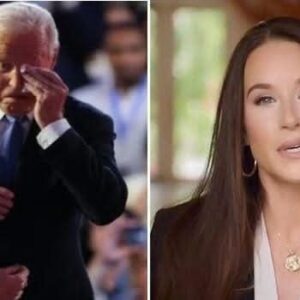For generations, curly hair carried an unfair reputation. It was often called “unruly,” “messy,” or “hard to control.” Many who grew up with curls spent years trying to change them—straightening, flattening, or even hiding their natural texture. But today, that story is changing. The curly hair transformation movement is helping people worldwide see their spirals not as a burden but as a crown of individuality and beauty.
The foundation of this transformation starts with proper care. Curly hair tends to be drier because natural scalp oils struggle to travel down the bends and coils of each strand. Without enough hydration, curls lose their shape and become frizzy. Modern routines focus on moisture, beginning with sulfate-free shampoos that cleanse gently and conditioners that restore softness. Weekly deep treatments with natural ingredients such as shea butter, coconut oil, or argan oil have become essential tools for keeping curls bouncy and healthy.
Styling is another key piece of the puzzle. Instead of forcing curls to look straight, new techniques enhance their natural beauty. Popular methods include “plopping,” where damp curls are wrapped in a soft T-shirt to dry without frizz, and finger-coiling, which defines each spiral. Diffusing with low heat adds volume without causing damage, while curl creams and lightweight gels provide definition and shine. For versatility, protective styles like braids, twists, and buns remain popular, allowing curls to rest while still looking stylish.
But curly hair transformation is about more than beauty products and styling tips—it’s about confidence. Social media platforms are filled with curly-haired influencers and everyday people sharing their journeys, posting before-and-after photos, and encouraging others to embrace their natural texture. For many, this community support has been life-changing, showing that they are not alone in their struggles or their pride.
Representation has also played a huge role. Fashion campaigns, films, and TV shows now increasingly feature curly-haired models and actors in their natural state. This visibility challenges outdated beauty norms and sends a powerful message: curls are not something to hide—they are something to celebrate.
For individuals who once felt insecure about their hair, embracing curls often feels like embracing their true identity. Parents are teaching children to love their texture early, ensuring that the next generation grows up proud of their natural beauty. What was once seen as “difficult” is now being recognized as unique, stylish, and powerful.
Ultimately, curly hair transformation is about freedom—the freedom to step away from unrealistic standards and into authenticity. Every curl tells its own story, reflecting resilience, personality, and confidence. When cared for with the right routine and worn proudly, curls become more than hair—they become a radiant crown.




